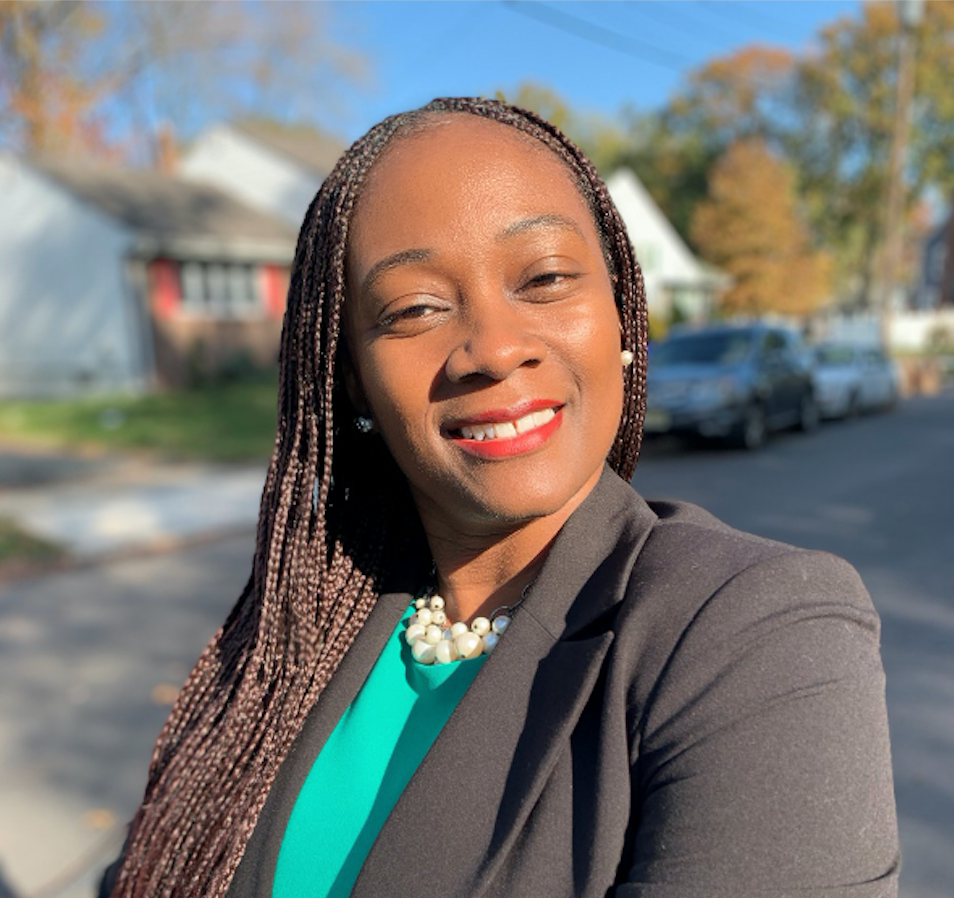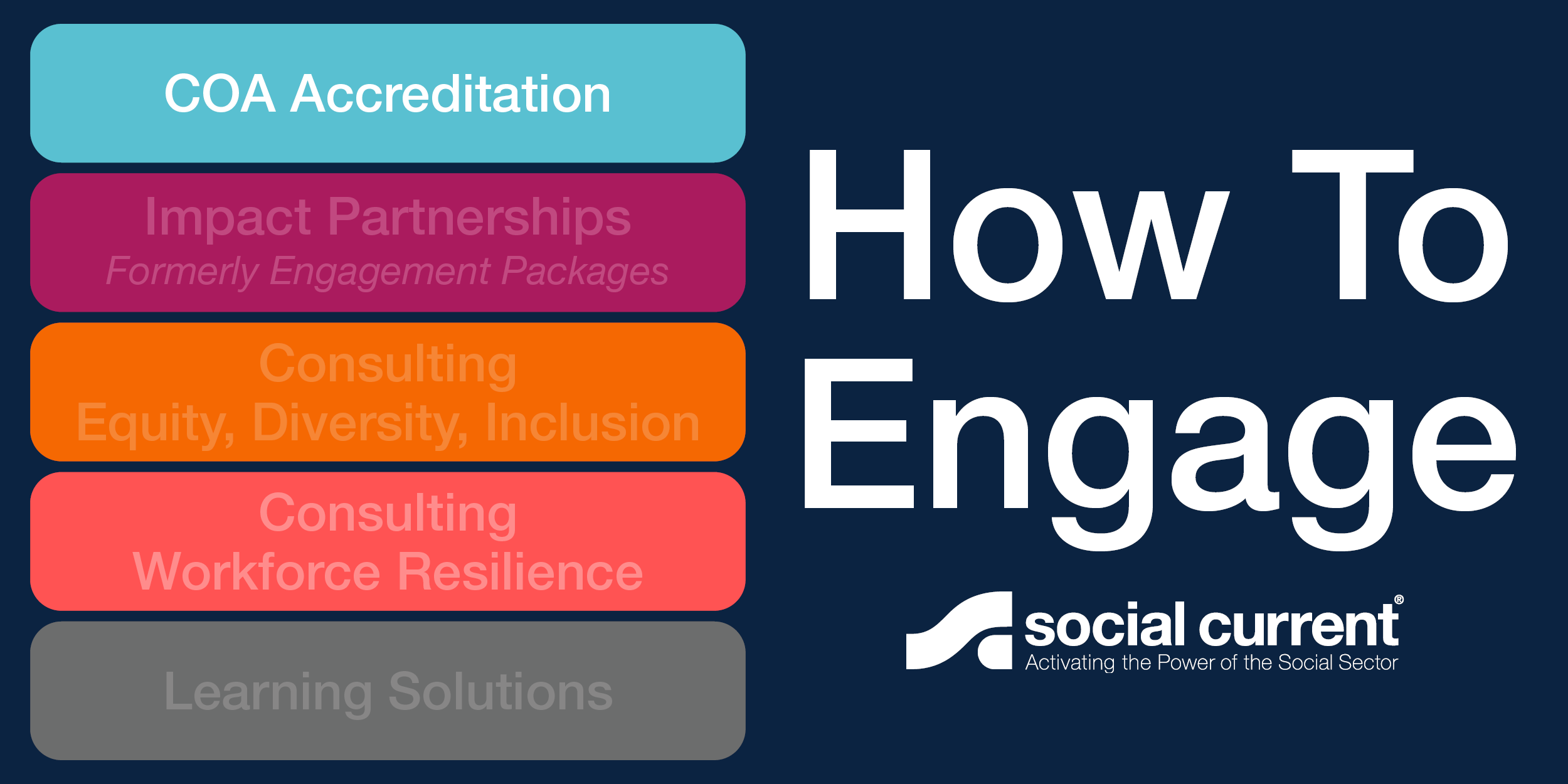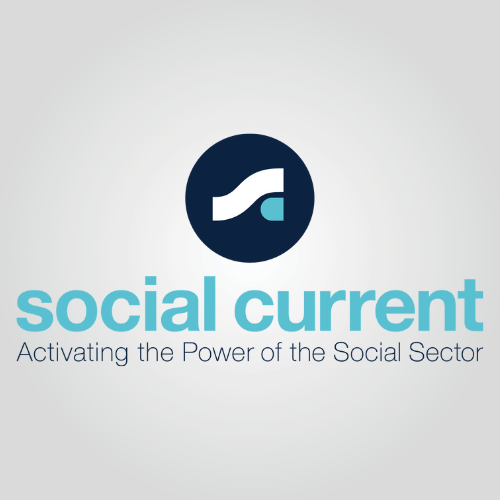Finding Success in Partnership
A big thank you to Shondelle Wills-Bryce, MSW of Sisters Keeping InTouch, inspires, LLC for this guest post!
The peace and serenity of a spring morning is undeniable. Take a moment wherever you are and observe the synergy of nature surrounding you. During my moment, I heard birds chirping, I felt the cool breeze on my arms, and I saw greenery all around. I smiled in amazement, thinking about how nature seemingly effortlessly comes together to bring us beautiful days. I then found myself perplexed about how we as people and we as professionals make “coming together” –aka partnership–so complicated.
Whether you choose to use science, religious beliefs, observation, or a combination of all three, you cannot deny that Mother Nature is the queen of partnership. According to the Oxford dictionary, nature is “the phenomena of the physical world collectively, including plants, animals, the landscape, and other features and products of the earth, as opposed to humans or human creations” (emphasis mine). Each part of nature’s collective does its job without hesitation, and as a result, the system operates successfully.
The system of nature is so effective that even when humans disrupt its natural order, the system automatically adjusts. You may call one such adjustment global warming. However, if Mother Nature could say anything about her adjustment, she might simply say, “I am getting back on track because I am clear about my job and purpose for life on earth.”
In my opinion, the words of Henry Ford describe partnership best:

So, I challenge you to ask yourself, am I clear about my job and my purpose in my partnerships?
Successful partnerships at work
In my various personal and professional roles, I have witnessed the transformational power of partnerships. Some successful partnerships are used for positive impact; others, not so much. Let’s agree to spend our time focusing on the impact and qualities of successful partnerships in order to improve our own.
The annual journal Partnership Matters examines the current thinking and practice in cross-sector partnerships. This journal was developed as a result of the growing recognition that partnerships between business, government, and civic organizations can effectively tackle the social, economic, and environmental challenges of the world. However, based on my experience “aging out” of NYC’s child welfare system, working for the New Jersey Department of Children and Families, and coaching millennial women, I would challenge the journal to include individuals, families, and communities in its examination.
NYC’s Child Welfare System
I was a timid and terrified 15-year-old when the Bureau of Child Welfare (BCW) (today known as New York City’s Administration for Children’s Services (ACS)) placed me in a Bronx group home with 21 other girls. The back story of how and why I was placed in the care of the state isn’t relevant at this time. What is relevant is how the partnerships within the child welfare system helped me become a valuable addition to society.
To wit: The hospital that admitted me did not solely care for my fractured arm.
- The hospital used a collaborative tool to ask me questions about my injury.
- The collaborative tool then triggered the hospital’s need to contact BCW for a closer look at my situation.
- BCW did not solely decide to remove me from the care of my family. BCW spoke to countless community partners (hospital, my school, my family, my neighbors, and me) to make that decision.
The evidence of this successful partnership—and all the communication that it took — was me. Although I was a terrified 15-year-old with limited exposure to the realities of the world, I did not feel lost, and I did not feel alone. After spending six years in the care of BCW, I emerged an educated, responsible, and psychologically sound member of society. That was in large part thanks to this teamwork.
NJ Department of Children and Families (DCF)
15 years after leaving the care of New York City, I began working for New Jersey’s child welfare system (the Department of Children and Families, or DCF) as its Assistant Director of School Linked Services. During my nine years with DCF, my office monitored the distribution and service delivery of $38M in state and federal funds to support school-based prevention and intervention programming. Partnership was key to DCF’s ability to serve children and families effectively, and critical to that was DCF’s strong partnership with the U.S. Department of Health and Human Services, Administration for Children and Families (ACF).
During my last five years with DCF, my office was awarded an additional $6.5M in competitive federal funding. In addition to putting forth and strong comprehensive grant application, I am confident the historical strength and integrity of DCF’s partnership with ACF played a role in the award decision. As a result, the funds expanded services to support NJ’s expectant and parenting youth (including young fathers) with evidence based services. My office had to partner within the department, across state departments, and with the local communities throughout New Jersey:
- Partnerships within DCF included the Division of Children’s Systems of Care, the Office of Adolescent Services, the Division of Child Protection and Permanency, the Division on Women and the Division of Family and Community Partnerships.
- Formal and informal state level partnerships included NJ Department of Human Services (child support and mental health services), the NJ Department of Education, the NJ Department of Labor (employment trainings) and the NJ Department of Health.
- Local partners included community based organizations, local board of educations, universities, hospitals, and representatives of the children, youth, families, and communities targeted for these services.
I will be honest: The time to coordinate, the patience to listen, and the willingness to compromise with these partners was not always easy. However, what made it a little easier was agreed upon goals, clearly documented working agreements (MOUs/contracts), and some good old fashioned open and honest dialog.
As a result of our collaboration, DCF more than doubled its support of expectant and parenting teens from 208 (female students) to 500+ (male and female students). One of the program goals was to prevent subsequent pregnancies while students were in school. I am proud to say that the outcome data reported less than 1% subsequent in-school pregnancies.
Coaching millennial women
At the age of 21, I was no longer allowed to be dependent on NYC’s child welfare system. The system prepared me to be on my own to the best of its ability; however, there was so much I had to learn on my own. I knew if I stayed focused and made all the “right” decisions, I could make it on my own. It worked. I did it–I learned how to survive by getting my college degree and a job to pay for my basic living expenses.
I may have been 28 years old when I felt like I could pause and take a breath. The breath allowed me to no longer worry about failing and worry about what “people” would say. That breath allowed me to truly look at life for its beauty and possibilities. That breath allowed me the luxury of connecting with myself to understand my goals and purpose to thrive in life.
It was about that age that I felt that maybe, just maybe, I was thriving in life. At the same time, I knew then and I know now that there is still so much thriving for me to do. At that age, I didn’t know who in my “real” life to ask for guidance. I’m not sure I even knew to ask. I wonder if my school or the system partnered with me more, I would have known how to really thrive.
What worked for me was finding incredible virtual mentors like Maya Angelou, Oprah Winfrey, Iyanla Vanzant and Suze Orman. The character of each of these women were attractive to me because they were authentic and partnered with the world to make it a better place. Today, I look around and see my former self in young women who have amazing potential but are struggling and doubting themselves.
According Pew Research Center, millennial women (women born between 1981-1996) are better educated and hold a bachelor’s degree at a higher rate their male counterparts. I strongly believe that when the millennial woman takes leadership in her life, she will positively impact her partner, family, and community.
Therefore, approximately two years before I left DCF, I began my own personal development firm, Sisters Keeping In Touch, Inspires (SKIT). In this work, I am committed to partnering with millennial women and those who want to help them not just survive but thrive. This purpose-driven work is accomplished in partnership with millennial women through public speaking, blogging, and facilitated experiences.
In these partnership with millennial women, we work to uplift and strengthen them, so that each can build the personal and professional life of her dreams. When a woman does her building, she will avoid and/or minimize unhealthy relationships with her partner(s), children, finances, friends, and career. We work through an ART process, where she is the artist in her life:

In my work with millennial women, they have felt heard, encouraged, and connected with people and resources needed to thrive. Visit our site to see some stories of success.
These are just three examples from my world of successful partnerships. I am quite sure you have examples of successful partnerships surrounding you as well.
Closing thoughts: Recipes for success
There is an abundance of articles, journals, and opinions about what ingredients go into a successful partnership. My personal favorite is the guidance provided in Don Miguel Ruiz’s book, The Four Agreements:

These four agreements have served me well as a recipe for my success in cultivating and managing partnerships. I challenge you incorporate these agreements in your partnership relationships and experience the transformation. When you do, you may be able to replicate the clear and effective partnership synergy mother nature has shown us in all her splendor.
The views, information and opinions expressed herein are those of the author; they do not necessarily reflect those of the Council on Accreditation (COA). COA invites guest authors to contribute to the COA blog due to COA’s confidence in their knowledge on the subject matter and their expertise in their chosen field.

Shondelle C. Wills-Bryce, MSW
Shondelle C. Wills-Bryce, a master’s level administrative social worker, public speaker and conversation facilitator founded Sisters Keeping In Touch, inspires to help millennial women thrive and not just survive. Shondelle has developed personal resilience having lost her mother to Breast Cancer at 18 months and aging out of New York’s foster care system. Shondelle is the mother of two amazing young women and she is married to her husband and best friend who motivate her each day.



